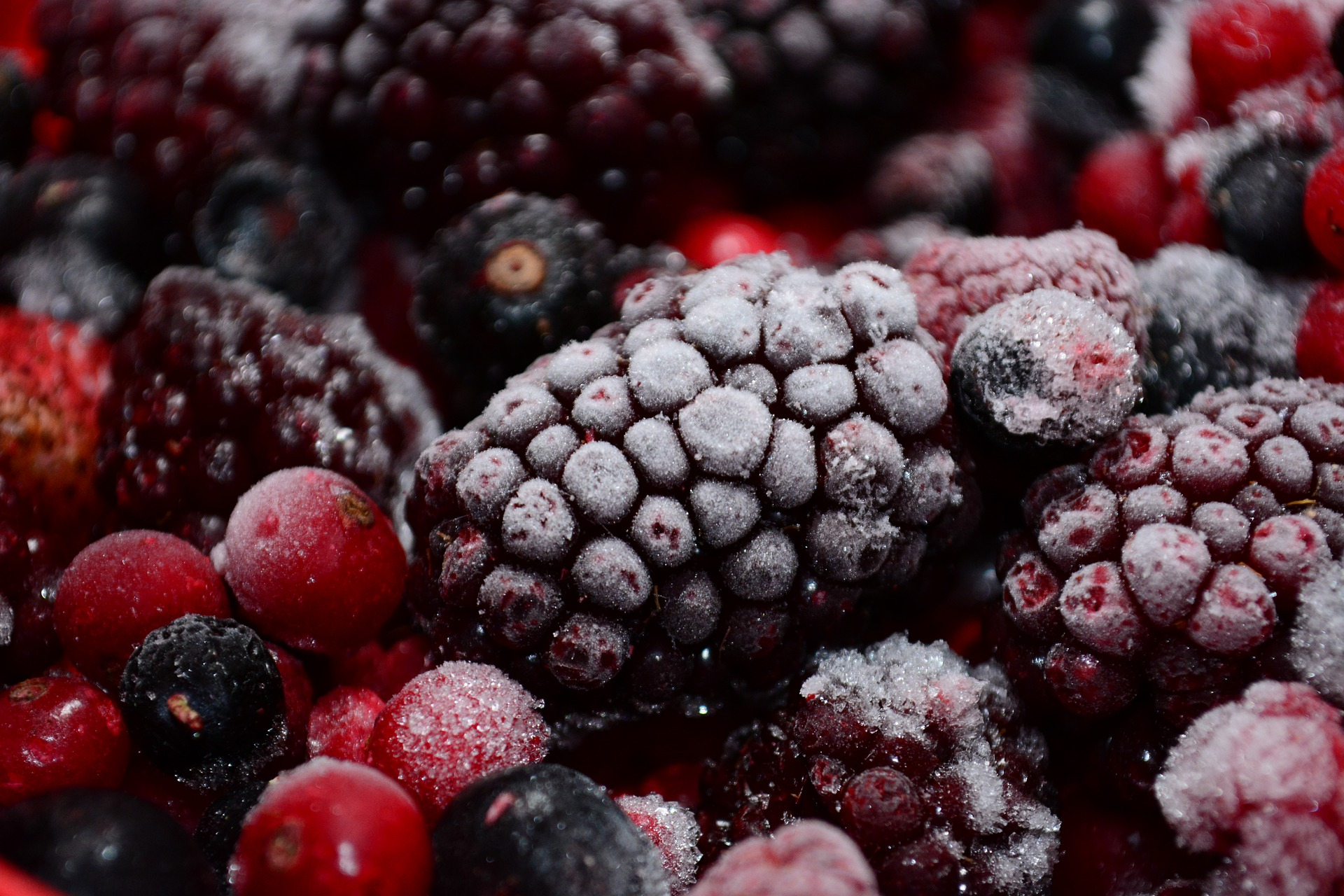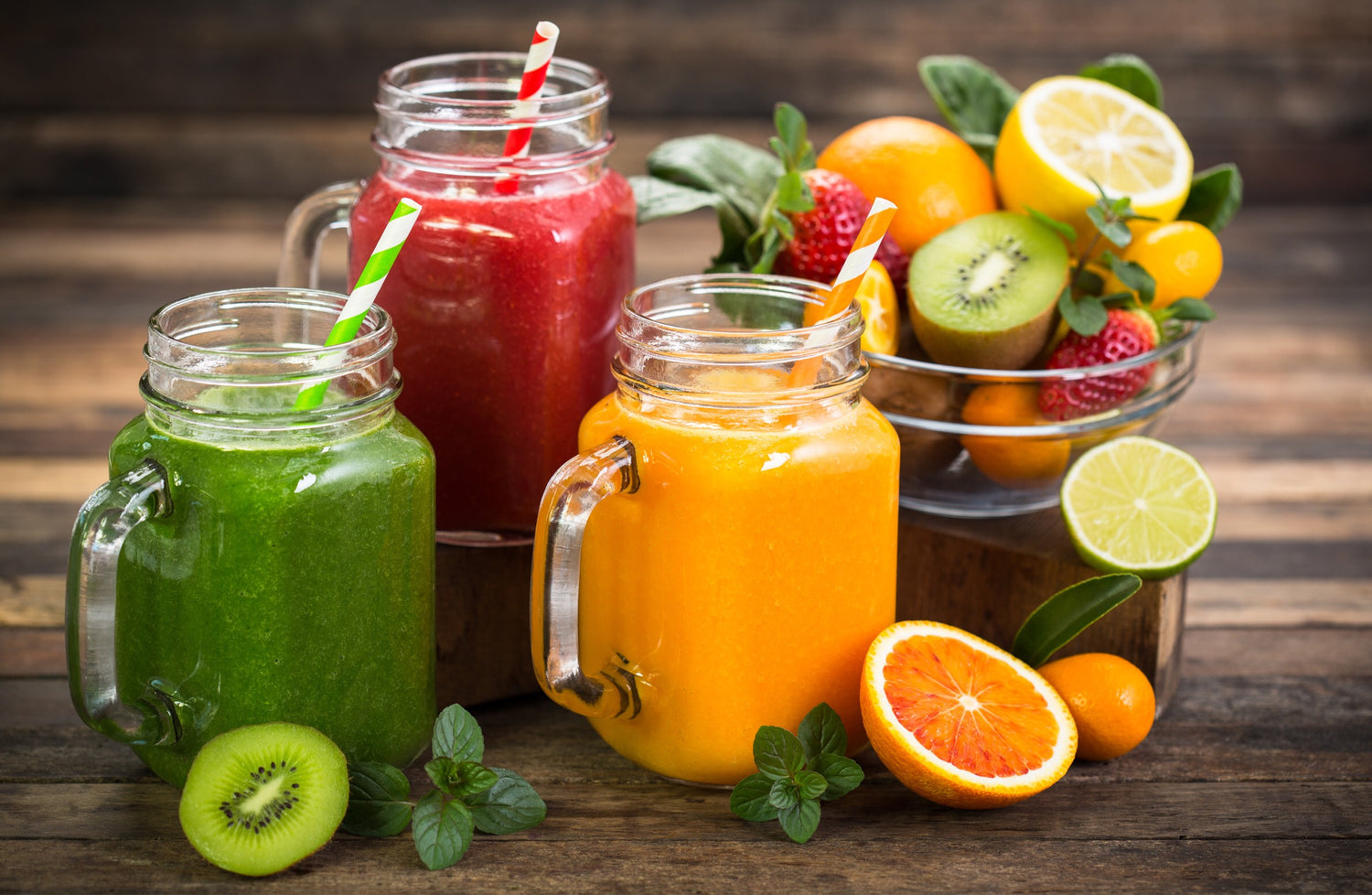Buying frozen instead of fresh enables you to use as much or as little food without the rest of the pack going past its best. Also saves you money.
Why buy frozen produce?
There are many reasons why people choose to buy frozen produce instead of fresh – sometimes it's an emotional response to frozen produce, or a practical one. Some of it is convenience, for instance, and most of it is out of cost. If you're looking to minimize costs then it makes sense to go for the most cost-effective food that won't go off, and frozen food works well for that. Other reasons include taste, health, the fact that frozen food keeps for a long time, and it being easy to defrost. If you have to defrost something in a hurry, frozen is usually a better option than fresh. And frozen veggies do need to be cooked for a while, but if you're willing to invest a little time in preparation it's easy to cut out some of the more fiddly work.
Why not buy fresh produce?
It's been said that frozen fruit and vegetables taste just as good as fresh. But that's not the whole story. Although it may seem to some that the quality has gone downhill with frozen produce, a little more research can prove you wrong. There is no need for you to feel ashamed for using frozen fruits and vegetables. The fact is, when frozen, fruits and vegetables retain the nutrients, nutrients, nutrients, many would ordinarily flush out when they are eaten fresh. Also, frozen produce doesn't lose any vitamins and nutrients when it is eaten within three to four months. Frozen vegetables are tastier, larger and more nutritious than fresh produce. Frozen vegetables do not require refrigeration, they are cheaper, and as such, there are no added costs.
Why is frozen produce better for us?
Canned products are light, which means that your foods take up less space in your pantry. Frozen foods have a longer shelf life, so you can use as much of it as you need and they never go off. Fresh vegetables and fruits retain their nutritional value when they’re thawed, but frozen produce is usually packed with nutrients and antioxidants that make the trip from the farm to your shopping cart much more enjoyable. Organic and hormone-free products are often found in the frozen food aisle, so you know that you’re getting quality ingredients. Frozen foods are usually less expensive than their fresh counterparts. Frozen vegetables typically cost half of what fresh vegetables do. Frozen produce also retains more nutrients and flavors, and will usually have more natural flavor.
Why is frozen produce cheaper?
Most varieties of fruits and vegetables are cheaper when frozen than if they were bought fresh. Frozen food manufacturers aren't required to charge the same premium for their foods as for fresh foods. And some varieties that are really expensive fresh cost a tiny bit less frozen. Healthier frozen fruits and vegetables Frozen fruits and vegetables are often at their very best and are often considerably more nutritious than fruits and vegetables bought fresh. Why? Because the cold treatment destroys most of the bad stuff that gives a fruit or vegetable a bad taste or texture. And they are often more expensive to produce than their fresh counterparts.
Why is frozen produce better for the environment?
Vermicelli noodles, broccoli and cauliflower are just a few of the vegetables that are sold frozen, rather than fresh. But what are the main benefits of frozen produce? The most obvious one is that frozen foods do not rot. In addition, by using frozen produce you can be sure that the nutrients have not been lost. If you take the frozen vegetables out of their packaging and then leave them for two or three days, they’re still basically the same as if they’d gone straight from the farm.
Making the switch
Create a refrigerator bowl Buy a small bowl to put your frozen food in. Save any peelings and put them in with the mix. Keep your frozen food in a plastic freezer bag and use a paper one to catch any excess juice. Make sure your microwave oven works Buy a microwave that is at least three times the size of your kitchen. You will need one for each fridge and one for the freezer. Place your frozen food on a plate in the microwave and cook at maximum temperature for two minutes. Remove from the microwave and allow to rest before re-heating. Check the food on time. Use the least amount of time it takes for your food to defrost. Remove any ice If your freezer is stocked, leave a bowl of water under the freezer to prevent ice build-up.
Conclusion
The best thing about prepping for the long run is, that you do not have to stock-up on any food item until you run out. So when you go to grocery shop, you’ll have an idea of what food you’re going to buy so you’ll be able to plan ahead.








